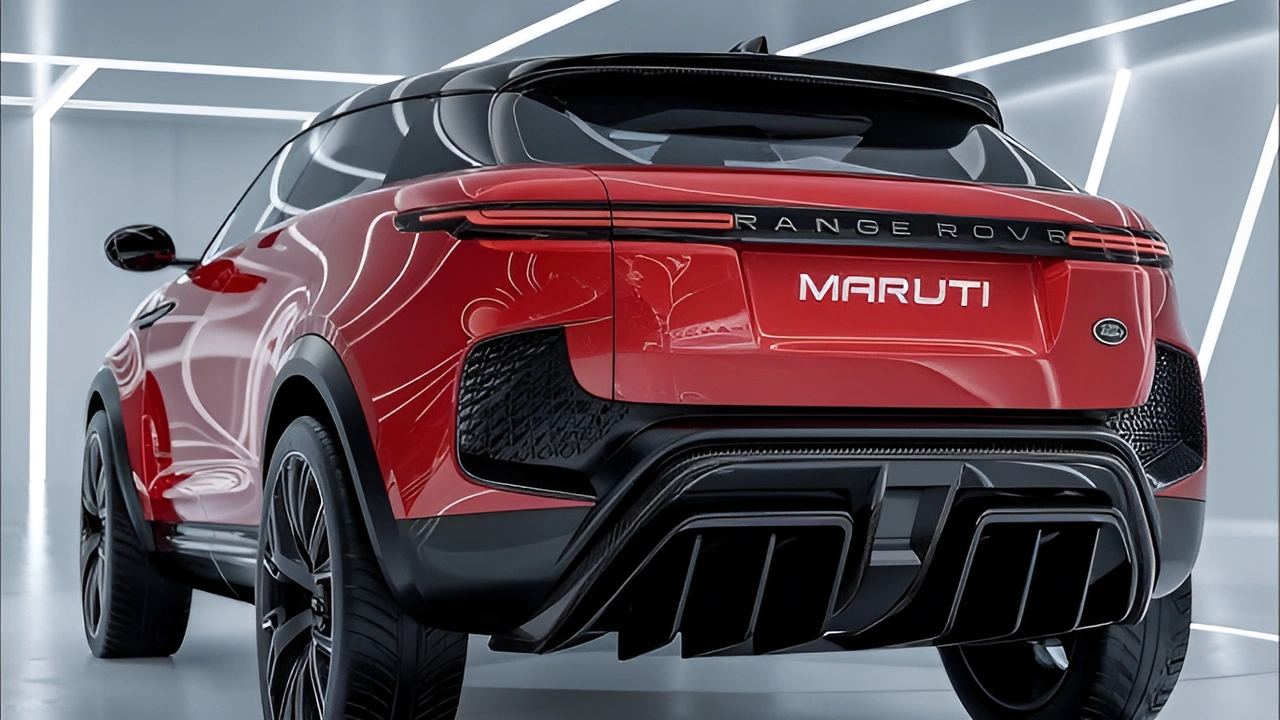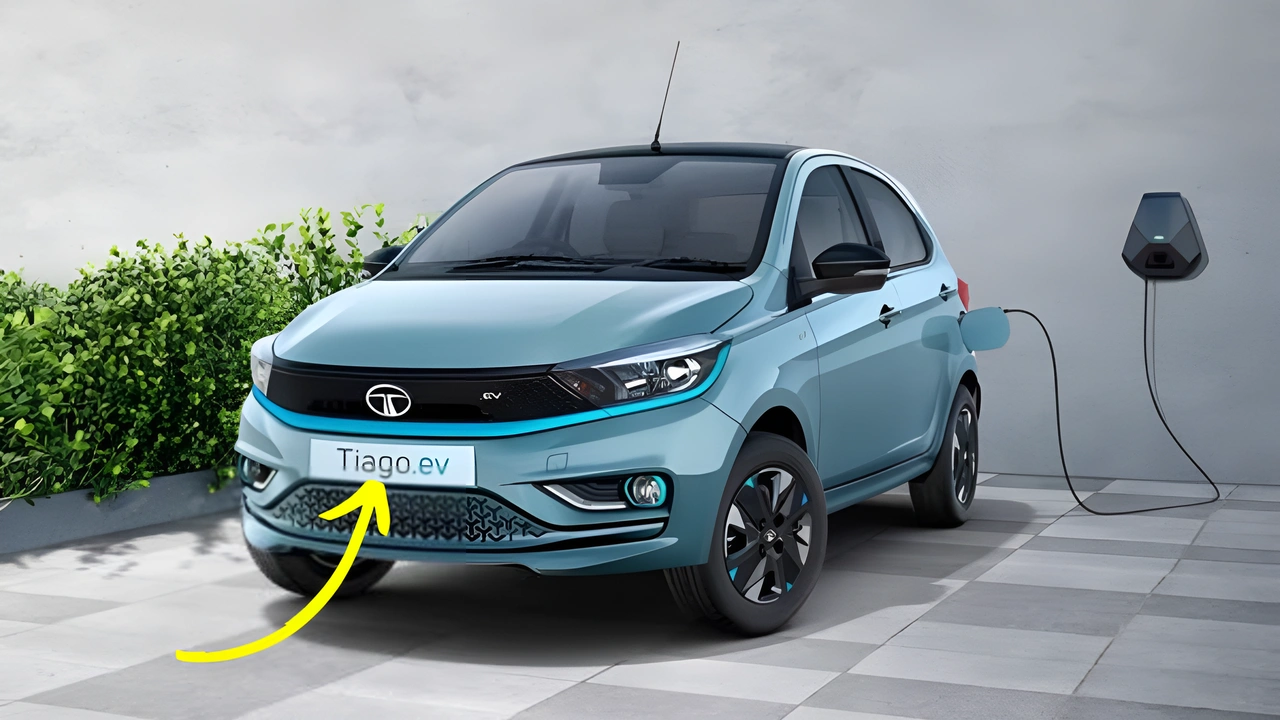Table of Contents
- The Genesis of the Nano
- Setbacks and Discontinuation
- Tata Motors and Its EV Ambitions
- The Nano EV: A New Beginning?
- What to Expect from the Nano EV?
- Pricing and Market Position
- Overcoming Challenges and Seizing Opportunities
- Ratan Tata’s Personal Connection to the Nano EV
- Shaping the Future of Indian Automotive Mobility
- Towards Sustainable Urban Mobility
- Looking Ahead: The Global Potential of the Nano EV
- Conclusion: The Nano’s Electrifying Second Act
Ratan Tata Nano Evolves The Tata Nano, once hailed as the world’s most affordable car, is now set to make an extraordinary return—not as the small, budget-friendly vehicle we once knew, but as an electric car.
his transformation marks not only a technological breakthrough but also a significant strategic shift for Tata Motors as it adapts to the rapidly changing automotive landscape.
The Genesis of the Nano
The original Tata Nano was the brainchild of Ratan Tata, who sought to offer a practical solution for affordable four-wheeled transportation to the masses in India.
Launched in 2009 with an astonishingly low price tag of Rs 1 lakh, the Nano immediately captured global attention. It sparked discussions around affordable mobility solutions in emerging economies, presenting an ambitious vision for the future of personal transportation.
Setbacks and Discontinuation
Despite its innovative approach, the Nano struggled with several challenges These included safety concerns, perception issues surrounding its image as a “cheap” car, limited features, and changing consumer preferences.
As a result, sales began to decline, and by 2018, Tata Motors officially discontinued the Nano, marking the end of an era for the iconic car.
Tata Motors and Its EV Ambitions
Tata Motors, however, has maintained its strong position in India’s automotive industry and has made significant strides in the electric vehicle (EV) segment.
The Nexon EV, Tiago EV, and Tigor EV have been well-received, cementing Tata’s role in India’s electric revolutionTheir commitment to sustainability and EV adoption aligns with both global automotive trends and the government’s push toward greener mobility solutions.
The Nano EV: A New Beginning?
The concept of reviving the Nano as an electric vehicle is not a new one Back in 2010, Tata Motors showcased a Nano EV concept, sparking interest in the potential for electrifying the smallest car in its portfolio.
However, recent industry developments suggest that Tata Motors may now be more seriously considering bringing the Nano back, this time in an all-electric avatar.
What to Expect from the Nano EV?
While Tata Motors has yet to release official specifications for the Nano EV, we can glean insights from their existing EV offerings and industry speculation.
It’s anticipated that the Nano EV will feature an electric powertrain producing between 30-40 kW of power, paired with a lithium-ion battery pack ranging between 15-20 kWh This setup could offer an impressive range of around 150-200 km on a single charge, catering to the needs of urban commuters.
The Nano EV is also expected to support both AC and DC fast charging options, with a potential for battery-swapping technology—a feature that could address the issue of long charging times The car’s design is likely to retain its compact dimensions but with a more modern, refreshed exterior, and a modernized, tech-savvy interior featuring digital displays and connected car functionalities.
The introduction of essential safety features like dual airbags, ABS with EBD, and enhanced structural integrity will likely accompany the updated design.
Pricing and Market Position
The Nano EV is poised to be a game-changer in the Indian EV market, offering an affordable electric option for urban commuters and first-time car buyers.
Experts suggest a price range between Rs 6-9 lakh, positioning the Nano EV as one of the most affordable electric cars in India With this pricing, the Nano EV will compete against similar offerings, such as the MG Comet EV and other upcoming micro-EVs from various automakers.
Overcoming Challenges and Seizing Opportunities
For the Nano EV to succeed, Tata Motors will need to address the same challenges that hindered the original Nano, particularly the issue of perception. While the original Nano was often viewed as a “budget” option, Tata must now position the Nano EV as a smart, modern choice for eco-conscious urbanites seeking affordability without compromising on quality or features.
A major factor that will influence the Nano EV’s success is the development of charging infrastructure Tata Power’s ambitious expansion of EV charging stations could be a key enabler for the Nano EV’s growth.
Additionally, government policies, including subsidies under the FAME II scheme and state-level incentives, will help make electric cars more accessible to the masses.
Ratan Tata’s Personal Connection to the Nano EV
Ratan Tata himself owns a custom-built electric version of the Nano, created by Electra EV, a company based in Pune.
This personal connection to an electrified Nano could serve as a powerful motivator for Tata Motors to bring the car back to life in a new, electric form.
Shaping the Future of Indian Automotive Mobility
If successfully launched, the Nano EV could play a pivotal role in making electric vehicles more accessible to a broader demographic.
It has the potential to fast-track India’s transition to sustainable mobility by offering an affordable and practical alternative to petrol and diesel-powered vehicles.
In addition to its impact on personal transportation, the Nano EV’s development could spark innovation in the small electric powertrain segment, encouraging local manufacturing and contributing to India’s “Make in India” initiative.
Towards Sustainable Urban Mobility
The compact size and zero emissions of the Nano EV make it an ideal solution for crowded Indian cities, which suffer from severe air quality issues.
The mass adoption of affordable electric vehicles like the Nano EV could significantly reduce air pollution and help India meet its carbon reduction goals The Nano EV is poised to make a meaningful contribution to the country’s efforts in creating a more sustainable urban mobility ecosystem.
Looking Ahead: The Global Potential of the Nano EV
Though initially focused on the Indian market, the Nano EV’s affordability and compact size make it a potential candidate for other developing countries grappling with similar urban mobility challenges. As battery technology advances and costs decrease, future versions of the Nano EV could offer enhanced performance and range, further expanding its appeal across emerging markets.
Conclusion: The Nano’s Electrifying Second Act
The resurrection of the Tata Nano as an electric vehicle signifies a remarkable blend of nostalgia and innovation.
If Tata Motors can overcome the hurdles that hindered the original Nano while capitalizing on the advantages of electric technology, the Nano EV could become a defining force in India’s electric vehicle landscape.
As we await official announcements, the automotive world watches with great anticipation, eager to witness how the Nano EV will evolve and reshape the future of urban transportation in India.
If successful, it could become an essential part of India’s green mobility revolution, providing a smart, eco-friendly, and affordable solution for millions of commuters.
With the promise of zero-emission urban mobility and Tata Motors’ expertise in EVs, the Nano EV is more than just a comeback—it’s an electrifying opportunity to transform the way India moves.






